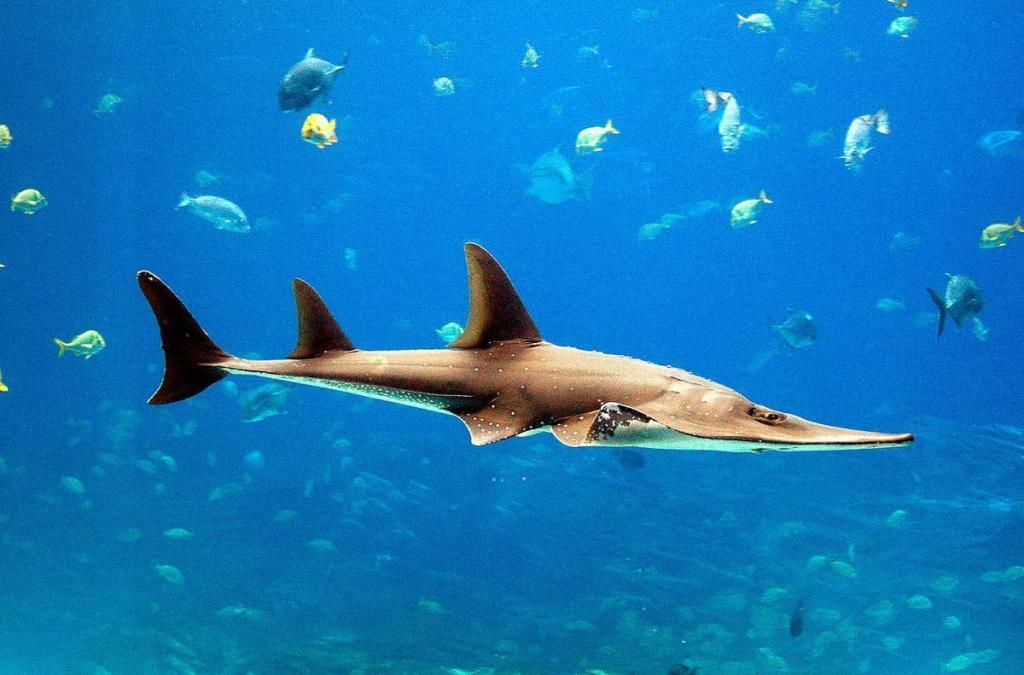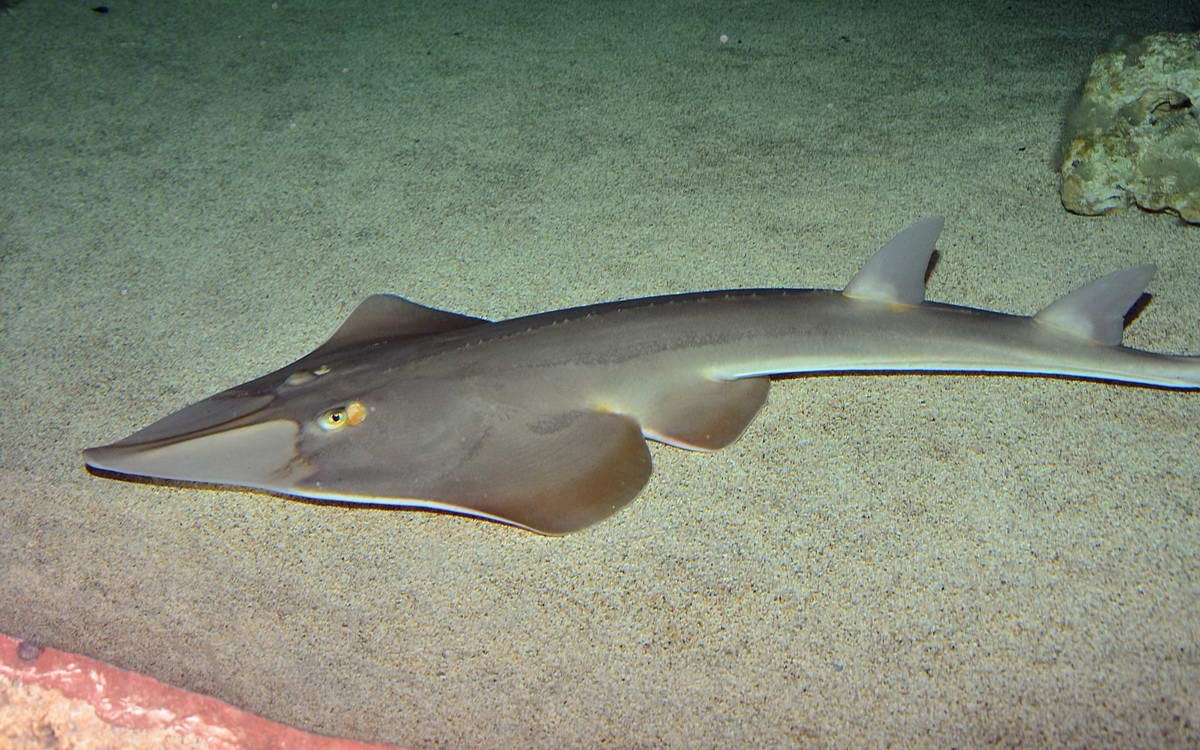Rays threatened with extinction
July 24, 2019 Update to the Red ListThe largest extinction of species since the disappearance of dinosaurs continues. It is the fault of man. The environmental protection organization WWF Germany draws these two conclusions from the update on the Red List of Endangered Plant and Animal Species, which has been published by the World Conservation Union (IUCN) on Thursday in Gland (Switzerland)
105,732 species are now on the International Red List, 27 percent of them are considered threatened (28,338 species). "The consequence of the asteroid impact for the dinosaurs is almost the same as humanity for today's wildlife. Habitat destruction, poaching and overuse of resources as well as the climate crisis are decimating biodiversity at dizzying rates," explains Jörg-Andreas Krüger, Ecological Footprint Director at WWF Germany.
The threat to marine life is increasing: 15 types of violet rays have been upgraded to the category "endangered". One of them is already considered possibly extinct. Over the past 30 to 45 years, stocks have fallen by more than 80 percent. Some violent ray fishes are targeted according to WWF despite their threat status, but by-catches are too lucrative to release. As long as the valuable fins are exported to the international market, the pressure on stocks will not decrease.
"The global emergency in animals and plants becomes a danger to humans. We need a more ambitious UN agreement for people and nature - driven by the Heads of State and Government personally and underpinned by ambitious goals, functioning audit mechanisms and consistent national implementation," said Krüger.
Background Guitarfish (Wedgefish)
Guitarfish can grow two to three meters, depending on the species. Their shape - a rather flat front body with wide pectoral fins and a slender, shark-like trunk with caudal fin - is reminiscent of the eponymous musical instrument (funny thing is: in German the fish is named by the fiddle, not the guitar). They live mainly in shallow coastal waters, some species also in estuaries and muddy bays of the Pacific, Atlantic and Indian Ocean. They can also be found in the Mediterranean. The main threat to Guitarfish is unregulated and unmanaged fisheries, as well as the increasing development of coastal areas that are destroying their habitats. In August it will be decided whether 16 violent rays will be better protected by the CITES. The proposed listing in Annex II of the Agreement would allow for control of international trade in these species. Only if they come from a sustainable fishery and have export and import certificates, they should then be traded internationally.
More Information: https://www.wwf.de.

